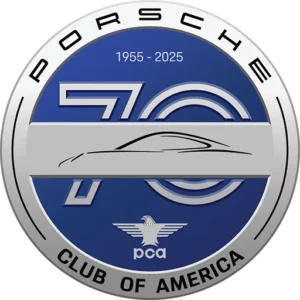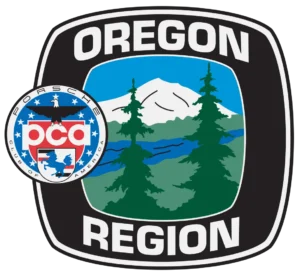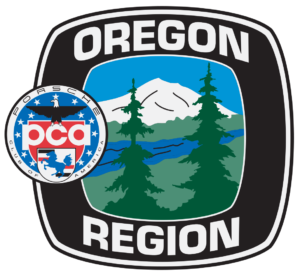We’re well into spring now, but out of convenience, are you still driving around on your “winter” tires? There are numerous reasons why this is more dangerous than you might think, and why you should immediately have them swapped for your non-winter tires.
Open Road Auto Group put together an informative article on this subject. A few key notes:
#1 Winter tires have been specifically engineered to have much softer tread compound than all-season (think 3-season, not true all/4-season) or summer tires do. The softer compound is definitely what you want in cold winter temps in order to grip the elements (snow and ice) and road surface. However, once ambient temperatures warm up above the mid 40 degrees F or so, your winter tires are no longer superior in gripping [warmer] asphalt.
#2 A softer compound is well, softer, resulting in quicker wear/degradation than an all-season tire. This reduces the value of your second tire investment as your winter tires simply won’t last as long the more you drive on them in non-winter conditions.
#3 A softer compound results in longer braking distances in warmer weather. Your softer compound is more pliable and flexible, and while you’d at first think that a softer (i.e. grippier) tire would grip the non-winter pavement better than not, the issue revolves around too much heat buildup in non-winter conditions. This increase in friction/heat buildup causes the tire tread to become too greasy/slippery, and thus not as effective at slowing your vehicle down in non-winter conditions.
Consumer Reports ran a study in 2012 and found that a winter-rated tire in spring/summer conditions needed 1.5 to 2 more car lengths to stop! Continental’s summer testing showed that in braking distance tests from 60 mph, a summer tire-equipped vehicle stopped in about 118 feet, while a winter tire-equipped vehicle stopped in about 138 feet. The hotter the ambient temps, the longer the stopping distances will be with winter tires.
#4 A softer compound results in less precise handling in warmer weather, since the tire can roll on itself more than a stiffer tire can. Refer back to the greasiness in #3, and this provides less confidence-inspiring whether you’re on a curvy road or rolling down the freeway and suddenly need to avoid debris in your lane! Continental Tires found in their testing that a winter rated tire in spring or summer conditions resulted in about 15% less steering precision.
#5 A softer compound will create more resistance with the ground/pavement/asphalt/tarmac, thus resulting in reduced fuel mileage (MPG’s). One source states that winter tires have about 15% more rolling resistance than summer tires. Depending on the amount of miles you drive, this could add up to significant dollars and cents.
What does all of this information equate to? Quite simply, it’s highly recommended to use your winter rated tires for their intended purpose; WINTER!
Please feel welcome to post here with any questions.
Jeremy Williams is the Oregon PCA Technical Editor. He co-owns Matrix Integrated Inc. (Matrix Integrated Inc.) with his brother Justin. Jeremy can be reached at [email protected]







